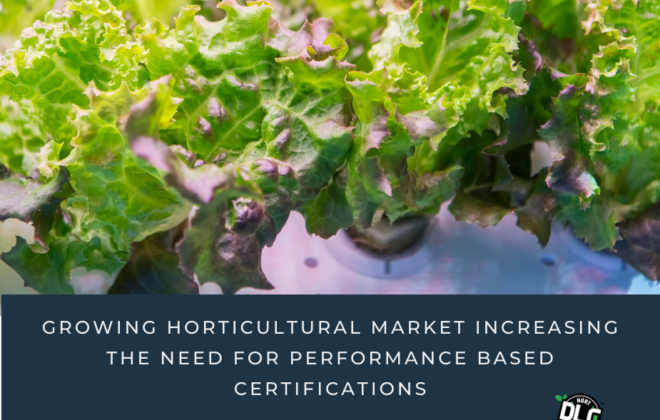TAPPING INTO GENETIC POTENTIAL PART ONE: SELECTION

Are you really exploring all variables before selecting cultivars?
Setting up your commercial operation is a substantial investment in time and research – not to mention cash! The introduction of new cultivars into your production line is an essential part of this process. Strain selection is about finding that delicate balance between choosing varieties that will aid the overall production and ones that will help demonstrate your industry leadership.
The process involves so much more than simply picking from the new cultivars or genomes that are available, or popular. In fact, it is one of the biggest decisions that you will make as a commercial grower.
At a bare minimum, you need to identify the reason that you are choosing to add each cultivar, and how it will fit into your daily operations. This includes understanding the demands of the market and the gaps in your existing operation so that you can select the best varieties to fulfill these needs.
Here are a few questions to consider:
1. Are you integrating the cultivar to solve a current challenge (disease resistance, faster turn-around time, etc.)?
2. Which need does this strain respond to for your target clients? Which health or wellness attributes does it support?
3. Are you looking to add a different phenotype of the same strain that provides more desirable characteristics (i.e. higher THC and/or CBD levels)?
4. What are the potential benefits and challenges if you choose to add this new cultivar or phenotype? (Do the benefits outweigh the risks)
5. Is this cultivar currently attainable in today’s market or do you need to create it?
Doing this initial deep dive, will save time later and help determine whether or not adding the new cultivar or a different phenotype makes sense for your business. Before purchasing, it’s important to consider, could some of the characteristics that you are looking for be achieved simply by changing your growing methodology or infrastructure you already have?
Determining which cultivars will make the final cut:
A good place to start; subscribing to growers magazines, developing a strong relationship with reputable seed breeders, and joining local grower associations can help provide you with the vital information and peer reviews needed to help narrow down your selection.
Once you’ve created your shortlist, it’s time to get into the nitty-gritty including reviewing the results of any existing plant trials, commercial viability, the needs and wants of your customer base, and other grower’s experiences with producing these cultivars.
This includes gathering insights on:
Commercial Viability: Is there an existing demand from customers for this variety? Are you hoping this cultivar will appeal to a new potential audience for your operation?
Performance: Has the performance of the variety been consistent? How resilient is the new cultivar? Does your existing infrastructure meet the needs of this new variety or will you need to make adaptations?
Current Operation: How does this new cultivar differ from the varieties that you currently have in production? Does this new cultivar fit in with your current operational processes and infrastructure? Will this cultivar be replacing an existing variety or an add-on? If it’s an addition, do you have the market to support the addition?
Competition: What are your competitors carrying? If they are carrying the same variety that you’re choosing, what strategies will you need to put into place to gain these customers?
Choosing which cultivars and phenotypes to introduce to your operation is a decision that should not be taken lightly. At a quick glance, the entire process can feel a bit daunting. However, investing in this research upfront will ensure that the cultivars you’ve chosen will guarantee a bright and prosperous future for your operation.




